The new EuroMed Report (September, 2019) is now available
Identification of barriers to the integration of Moroccan SMEs in global value chains [1]
The report is available for download here.

The purpose of this report is to identify the obstacles to the integration of Moroccan SMEs into global value chains. This new report is a continuation of the previous one because it again deals with issues that concern the private sector. However, this time it offers a more detailed analysis by targeting a specific problem, the integration of Small and Medium Enterprises (SMEs) in global value chains, in the case of one country in particular, Morocco.
This choice enabled us (i) to carry out an in-depth analysis on a given problem, (ii) to work in close collaboration with a Moroccan institution (ISCAE) and with the African Development Bank (AfDB) office in Rabat and (iii) to enhance our report with case studies of Moroccan SMEs and with a series of interviews and working meetings with representatives of business associations and heads of national organizations concerned with the issue. Before the finalization of the economic policy recommendations, this study was also the subject of a workshop organized in Rabat in the presence of decision makers, entrepreneurs and senior civil servants.
The report was coordinated by:
- Patricia AUGIER (President of the Scientific Committee of FEMISE and of Institut de la Méditerranée),
- Vincent CASTEL (Chief Country Economist – Morocco at the African Development Bank – AfDB) and
- Tarik EL MALKI (Professor of Management and Corporate Social Responsibility at ISCAE).
It benefited from contributions by:
- Mohammed Amine HANIN (Financial Auditor at EY),
- Maryse LOUIS (General Manager of FEMISE),
- Josef PERERA (Political Economist and FEMISE Researcher),
- Constantin TSAKAS (General Secretary of FEMISE and General Manager of Institut de la Méditerranée) and
- Jocelyn VENTURA (Political Economist at Institut de la Méditerranée / FEMISE).
The Euromed report is an annual publication of FEMISE which deals with topics of importance and interest for the Euro-Med region. The report brings a real added value in terms of knowledge on the topic covered. It provides an in-depth analysis proposed by specialized economists and with a multidisciplinary approach to the North and South of the Mediterranean. This brings a common vision on both sides of the Mediterranean and political recommendations that can contribute to the transition process of the South Med countries.
[1] This report has been prepared with the financial support of the African Development Bank and of the European Union through the FEMISE project on “Support to Economic Research, Studies and Dialogues of the Euro-Mediterranean Partnership”. The content of the publication is the sole responsibility of the authors.


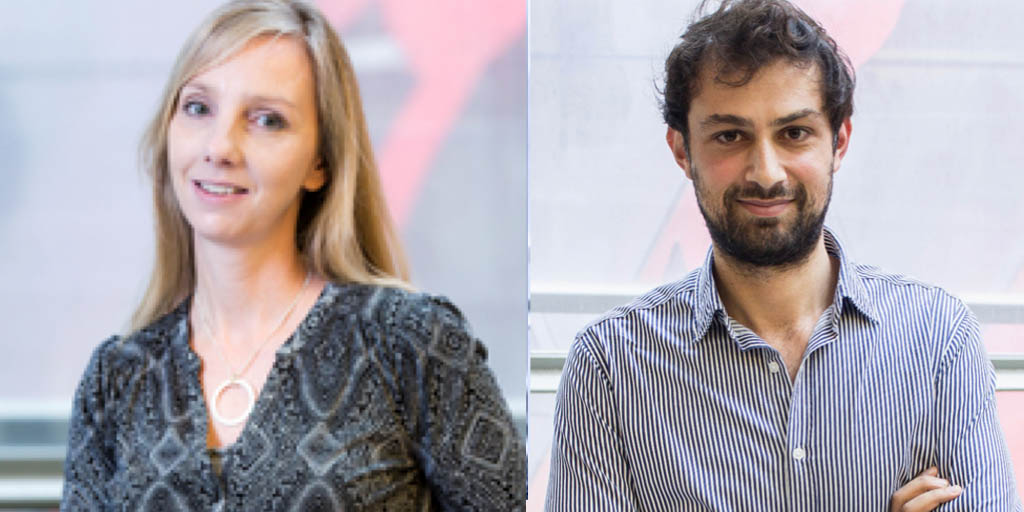
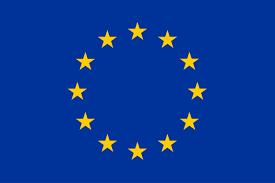 The policy brief has been produced with the financial assistance of the European Union within the context of the FEMISE program. The contents of this document are the sole responsibility of the authors and can under no circumstances be regarded as reflecting the position of the European Union
The policy brief has been produced with the financial assistance of the European Union within the context of the FEMISE program. The contents of this document are the sole responsibility of the authors and can under no circumstances be regarded as reflecting the position of the European Union




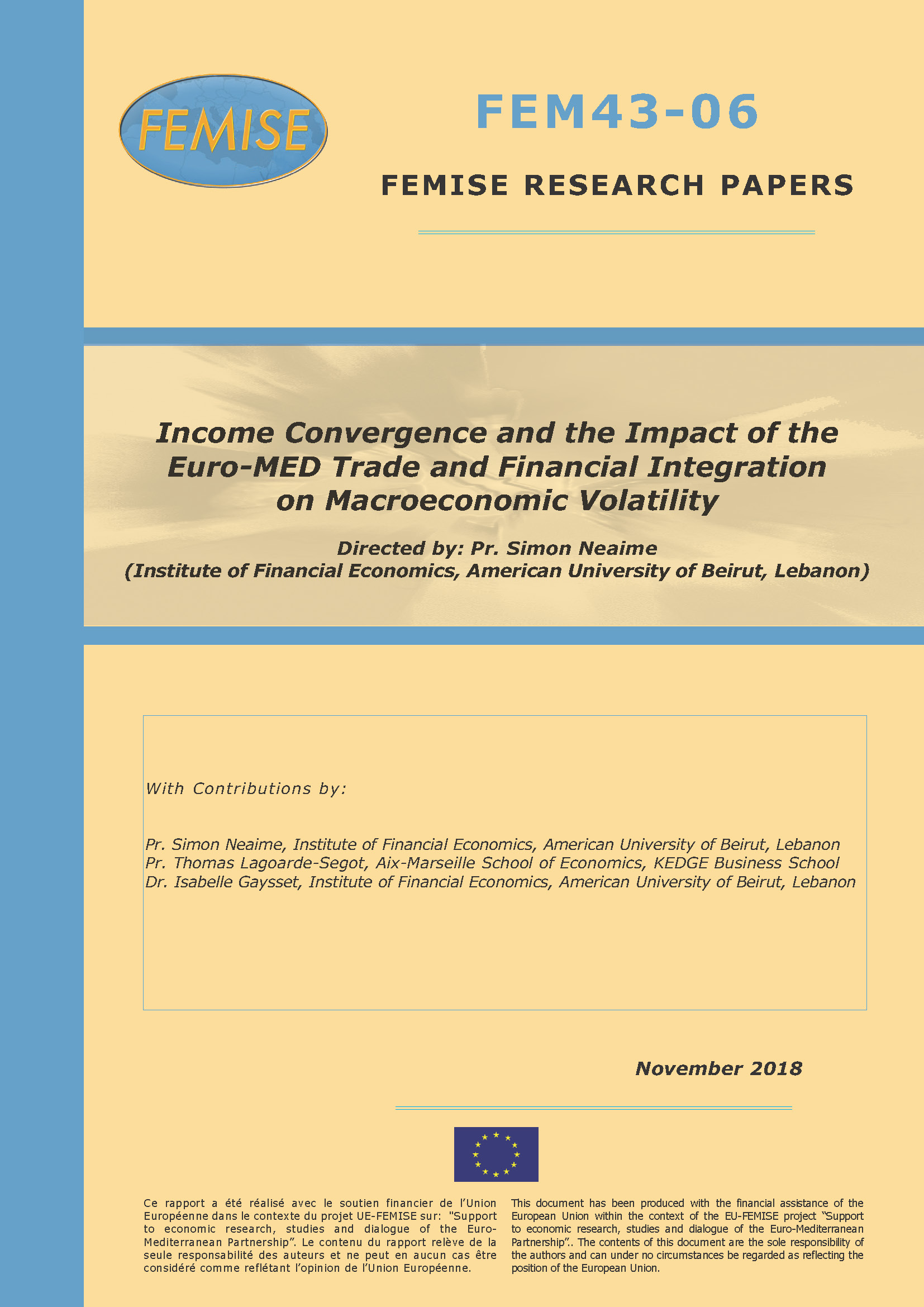
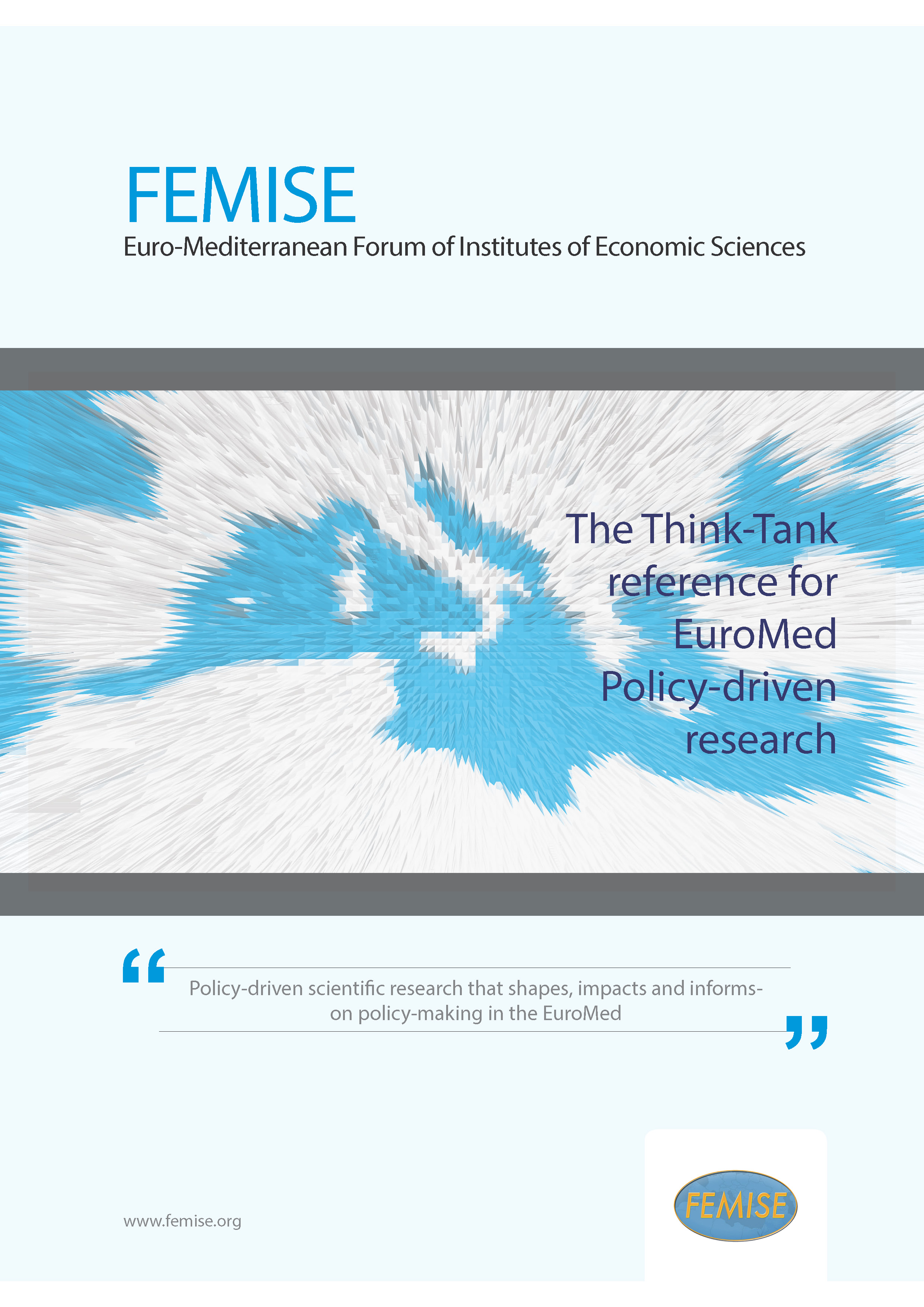

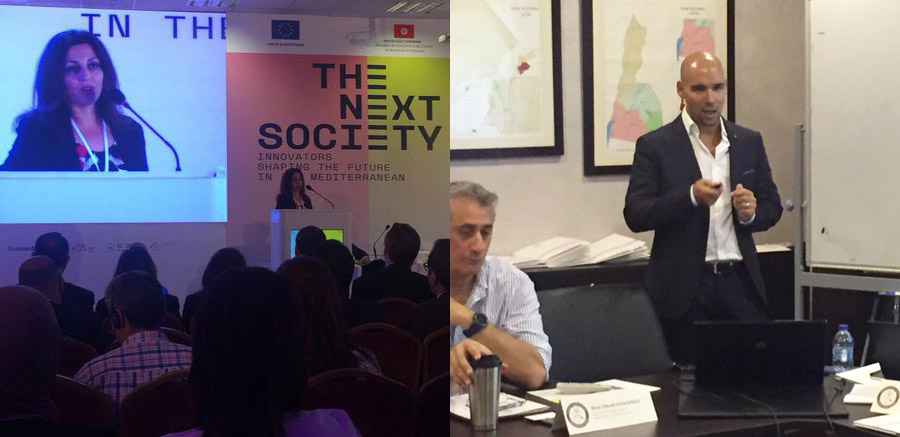
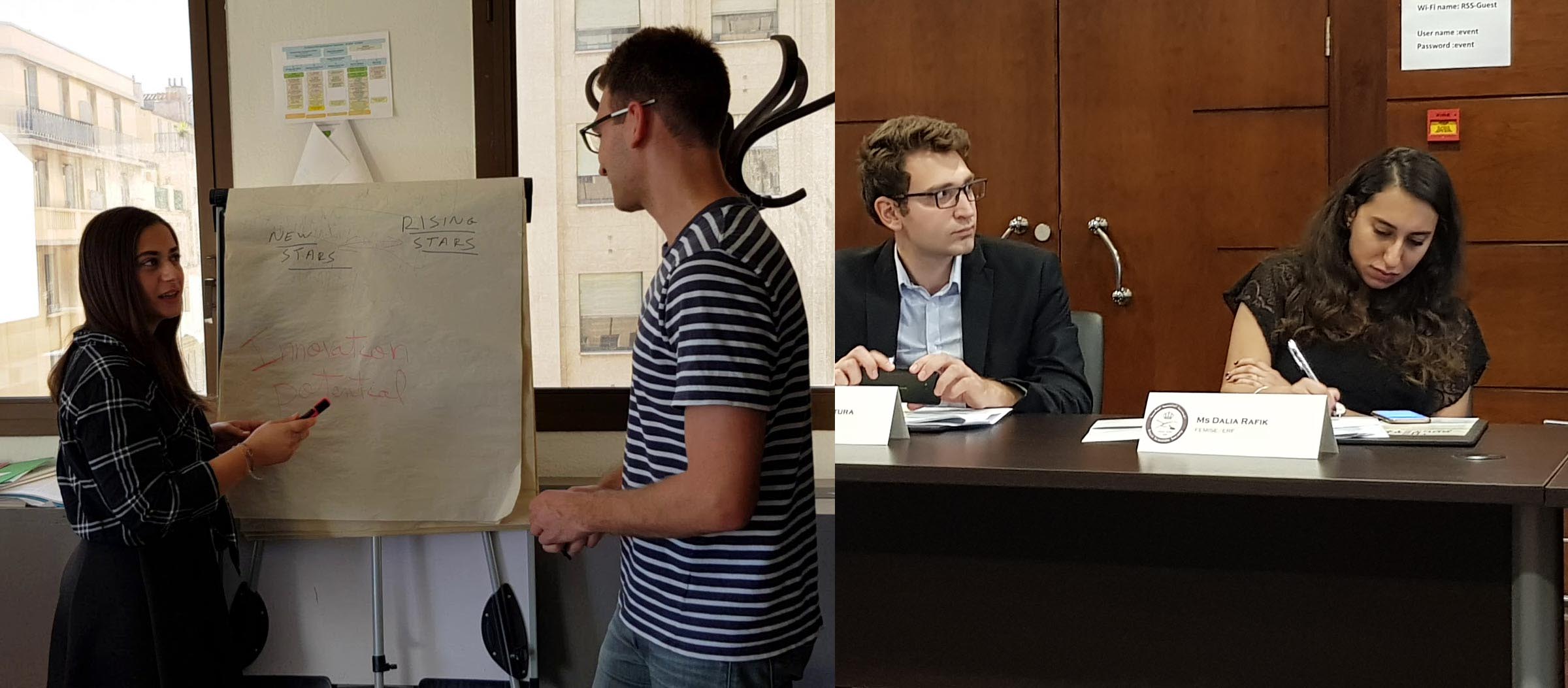
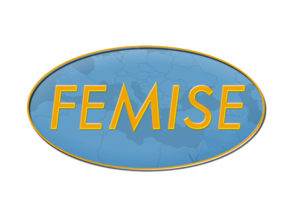
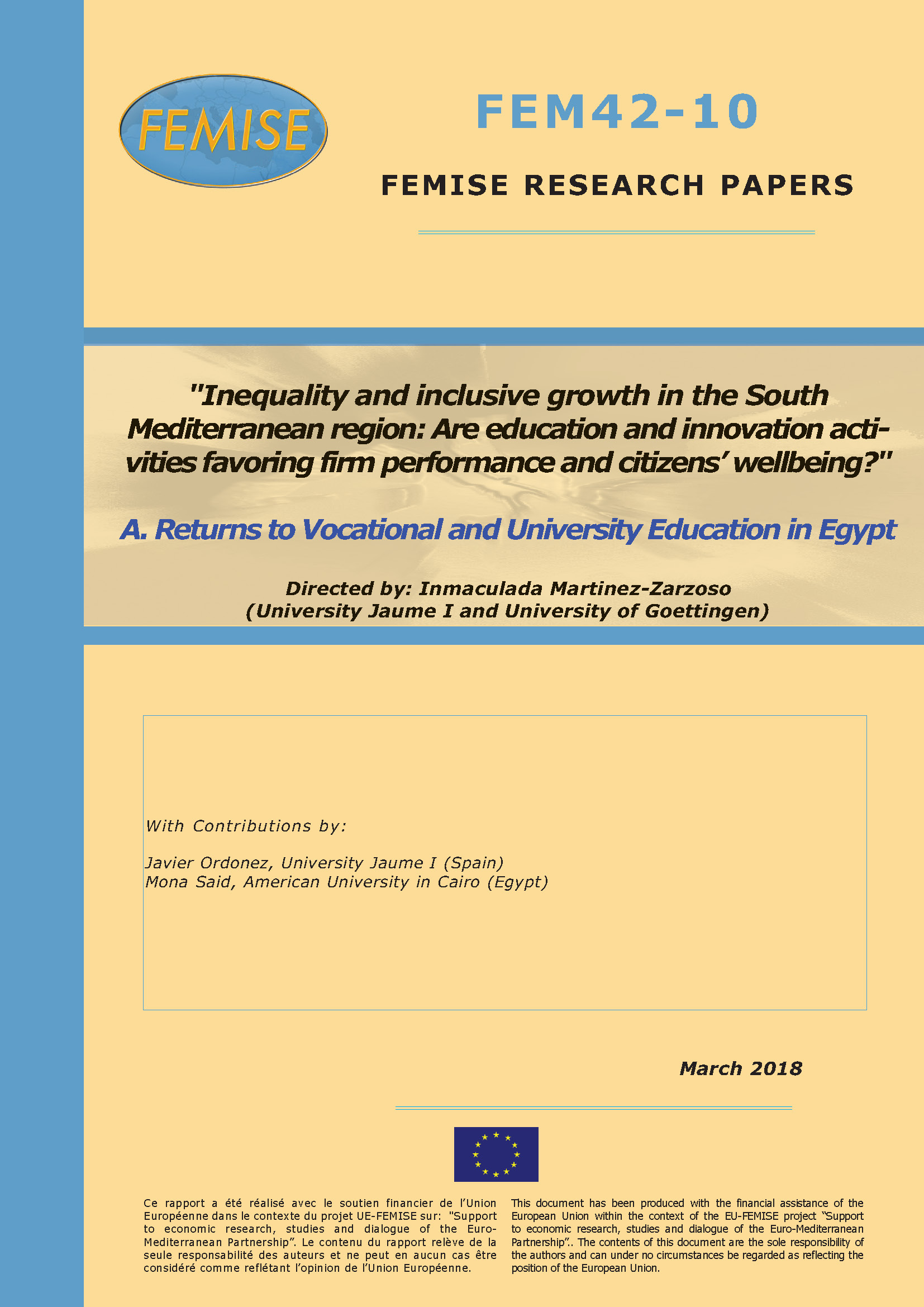 FEMISE is pleased to announce the publication of its research project FEM42-10,
FEMISE is pleased to announce the publication of its research project FEM42-10,